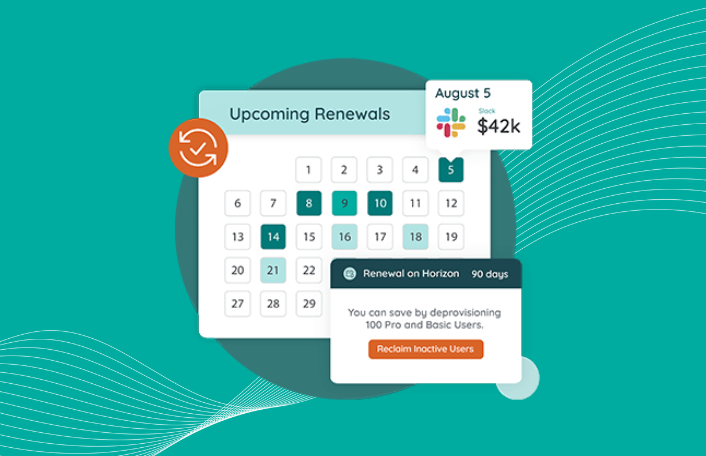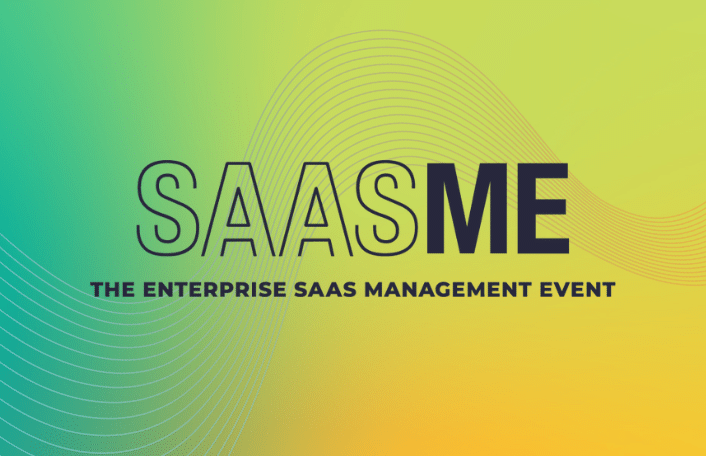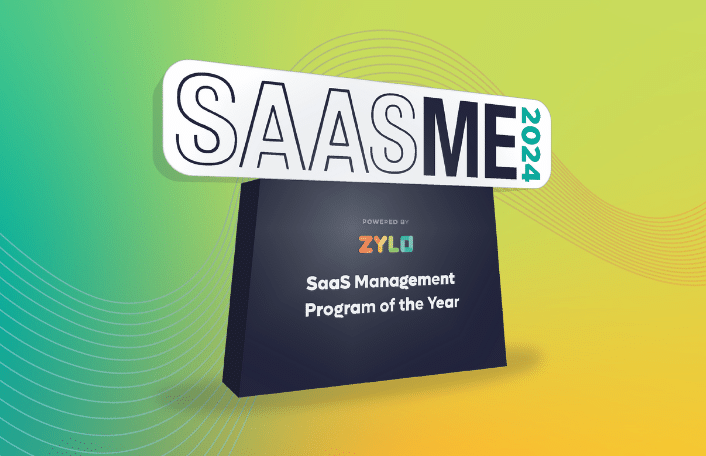
Prioritize Renewals by Business Impact with a SaaS Renewal Calendar
Table of Contents ToggleThe SaaS Buying Experience Has ChangedWhat Does Departmental...
Back
Back
Search for Keywords...
Blog

Table of Contents
Organizational department heads or leaders over specific teams have more and more demands on their shoulders. Their responsibilities have scaled over the past decade and especially the past several years to now include additional tasks above and beyond hiring, setting and tracking goals, leading teams, and specific departmental demands. Now, department heads are being asked to evaluate, purchase, and maintain their SaaS tech stacks—a responsibility that used to live solely the IT and Procurement teams.
According to a recent article on Topo Blog, the software buying experience has improved in recent years. The article explains, “…The emergence of the SaaS model has had a profound impact on the buyer experience. While SaaS started out as a movement to deliver better products, many of its core principles have crept into the world of marketing and sales and impacted the experience that a buyer has with the company.
For example, free trials are now common in the software industry—something that was extremely rare before the emergence of SaaS. There’s also been a major shift in power from software vendor to software buyer. Much of this is due to the internet of course. Buyers have access to more information online, are able to more easily connect with their peers, and can identify and evaluate different options. For example, pricing information is now readily available for most software products—again, something that was uncommon a few years ago.”
As author Scott Albro points out, SaaS has completely altered the software experience. No longer does a SaaS sales cycle take months or even years of evaluation and testing by IT and Procurement teams. No longer do organizations have to submit RFPs to multiple vendors in hopes they get straight answers in return.
No longer do organizations have to commit to buying a software solution and hope that it works before trying it out in their unique infrastructure environment.
This incredible shift in the way software is purchased has changed the buying and selling process forever. Now, organizational department heads can evaluate software that their team needs, make decisions on how it fits into the budget, maintain user licenses or choose to increase or decrease users, purchase services and even work with vendors on integrations, and ultimately be responsible for the success (or failure) or SaaS in their own departments. And usually this process happens in weeks or months, no longer in months or years.
The Zylo team recently interviewed several executives at fast growing SaaS organizations to see how they delegate subscription-based software purchasing decisions. Below are two real life use cases of departmental SaaS buying:
Amanda Lannert, CEO, Jellyvision explained, “Decisions about software purchases are made by individual teams and are based on that team’s goals. I like to say that we’re scrappy but not cheap.
We want to stay lean and fast and if we can use software to get stuff done, then that’s great. If we want to optimize the lead nurturing process, for instance, we look at the people, processes, and tools associated. Departments who need to hit specific goals make the final decisions. For us, our prioritization is business strategy first, software second, and IT consolidation third.”
Andy MacMillan, CEO, Act-On Software shared, “We’ve moved towards an entirely SaaS-based model and we intend most decisions to be made at the departmental level. For example, sales applications are evaluated and purchased by the sales function, and the same holds true across all departments.
For us, it’s less about managing pure costs and more about ensuring our business processes span across all applications used across the business. It’s imperative that all of our systems work together so data can easily move between departments and systems so we have complete insight into what’s happening at each level of the business.
But the other piece for us is the collaboration concept: how should the internal team collaborate around those processes and applications? It’s imperative that we tie visibility across ALL applications. Our IT function has become less about managing cost and more about building processes across applications and ensuring collaboration.”
Any executive in today’s digital world can tell you that the world of SaaS is continuing to shift and pivot the way companies conduct business—and most of the time for the better. But as decisions to move forward with renewals and upsells of SaaS subscriptions are often made at the department level within their respective budgets, this creates a disparate view at the top level.
Add on to that the challenge of tracking employees’ software subscriptions when individuals or teams use their company or personal credit card for the sake of simplicity and avoiding red tape. Those “small” annual subscriptions add up quickly—especially when multiple employees or teams across the organization may be charging their credit cards for the same subscription.
Because buying decisions have shifted mainly to departments, executives must also consider the possibility of redundant subscriptions across the organization. It can be very costly and time-consuming to track down whether multiple individuals or teams are using subscription software if they are simply charging it to their company or personal credit card. How can the Finance department gain visibility to determine if subscription redundancies are occurring in your organization?
If you were to gain insight into tracking how many employees or teams are using any given SaaS application, along with how much they’re utilizing (or aren’t utilizing) the applications, wouldn’t you have your Finance team work out an Enterprise or Group discount, or better yet, roll all of those subscriptions into a single master agreement? Without real-time data to track and monitor SaaS subscriptions across your organization, you may be leaving thousands of dollars on the table.

Table of Contents ToggleThe SaaS Buying Experience Has ChangedWhat Does Departmental...

Table of Contents ToggleSaaSMe 2024 Takeaway #1: Change Your Mindset, Or...

Table of Contents ToggleWhy Usage Data Is Important Underutilized SaaS Rationalizing Overlapping AppsIdentify...

Table of Contents ToggleSaaS Management Program of the YearModernizing Medicine: Enterprise...
| Cookie | Duration | Description |
|---|---|---|
| cookielawinfo-checkbox-analytics | 11 months | This cookie is set by GDPR Cookie Consent plugin. The cookie is used to store the user consent for the cookies in the category "Analytics". |
| cookielawinfo-checkbox-functional | 11 months | The cookie is set by GDPR cookie consent to record the user consent for the cookies in the category "Functional". |
| cookielawinfo-checkbox-necessary | 11 months | This cookie is set by GDPR Cookie Consent plugin. The cookies is used to store the user consent for the cookies in the category "Necessary". |
| cookielawinfo-checkbox-others | 11 months | This cookie is set by GDPR Cookie Consent plugin. The cookie is used to store the user consent for the cookies in the category "Other. |
| cookielawinfo-checkbox-performance | 11 months | This cookie is set by GDPR Cookie Consent plugin. The cookie is used to store the user consent for the cookies in the category "Performance". |
| viewed_cookie_policy | 11 months | The cookie is set by the GDPR Cookie Consent plugin and is used to store whether or not user has consented to the use of cookies. It does not store any personal data. |
